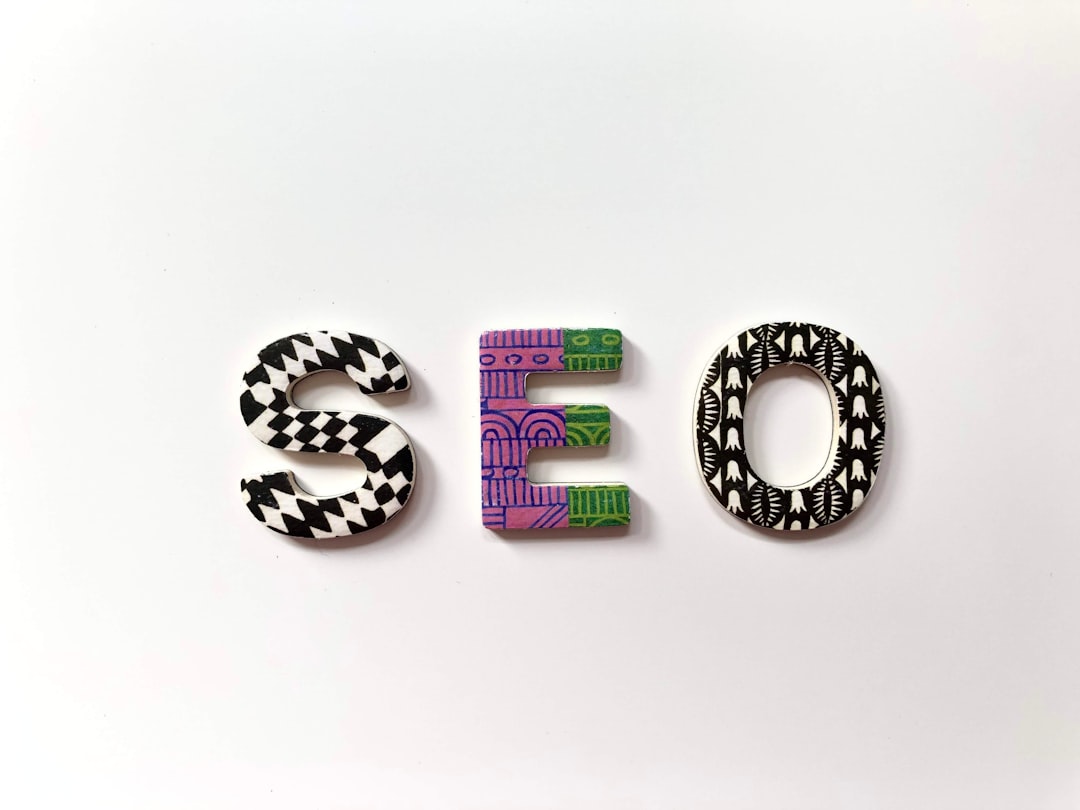
The Unholy Trinity: How Alignment, Redundancy, and Biases Are Destroying Our Society
In an age where information overload is the norm, our society grapples with an insidious trio: alignment, redundancy, and biases. These elements, while seemingly benign, conspire to undermine the very fabric of our decision-making processes. As a right-wing commentator, I can’t help but marvel at the sheer absurdity of how we’ve allowed these forces to infiltrate our daily lives, shaping our opinions and actions in the most detrimental ways.
Understanding the Unholy Trinity
Let’s break this down. Alignment refers to the tendency of individuals and groups to gravitate towards beliefs and narratives that reinforce their existing views. In simpler terms, it’s social confirmation bias on steroids. We live in a world where echo chambers flourish, leading to a collective agreement on issues that may not even hold water. It’s like attending a party where everyone agrees that pineapple on pizza is a crime against humanity – while the rest of us quietly enjoy our fruit-topped fare.
Redundancy, on the other hand, is the excessive repetition of ideas and concepts, often diluting their value. Think of it as the incessant drone of a political slogan repeated ad nauseam until it loses all meaning. When every talking head on TV regurgitates the same soundbite without critical thought, we risk losing the richness of diverse perspectives. Instead of fostering dialogue, redundancy creates a monotonous landscape where creativity and innovation are stifled.
Lastly, we cannot overlook biases – those pesky cognitive shortcuts that cloud our judgement. Bias is the reason why you might think that only people on the “other side” are susceptible to misinformation, while you’re the bastion of truth. Spoiler alert: We’re all guilty of it. Biases distort our perception and lead to polarized views that further entrench society’s divisions.
The Consequences of the Unholy Trinity
So, what happens when these three elements intertwine? The result is a society that is less informed, more divided, and increasingly hostile towards differing opinions. In a time when collaboration and critical thinking are paramount, we find ourselves at odds, unable to engage in meaningful discourse.
Consider the realm of politics. The rise of hyper-partisanship can largely be attributed to alignment and biases. Voters are no longer choosing candidates based on policy or character; they’re aligning themselves with a party that echoes their pre-existing beliefs. This creates a vacuum where constructive debate is replaced with vitriolic rhetoric. The recent trend of “cancel culture” exemplifies this; dissenting voices are silenced rather than challenged, further entrenching the divides.
Moreover, redundancy in media coverage exacerbates the issue. When every outlet covers the same story in the same way, we miss out on nuanced perspectives that could lead to a deeper understanding of issues. The result? An uninformed populace that struggles to grapple with complex realities.
A Path Forward
So, how do we escape this quagmire? The answer lies in fostering environments that encourage diverse viewpoints and critical thinking. It’s essential for individuals to seek out information that challenges their beliefs and to engage with those who hold differing opinions. Yes, that means you might have to sit at a table with that relative who insists that the earth is flat.
Educational institutions also play a crucial role. By teaching students to think critically and value diverse perspectives, we can cultivate a generation that values dialogue over dogma. This is not about diluting one’s beliefs; rather, it’s about strengthening them through rigorous examination and debate.
In addition, media outlets must take responsibility for promoting diverse narratives. This doesn’t mean abandoning journalistic integrity; it means striving for a balanced representation of viewpoints, thus breaking the cycle of redundancy.
Conclusion
The unholy trinity of alignment, redundancy, and biases poses a significant threat to our society. It is high time we recognize the detrimental effects of these forces and take proactive steps to counteract them. By fostering open discourse, embracing diverse perspectives, and promoting critical thinking, we can combat this trio and work towards a more informed, cohesive society.
Let’s stop living in our echo chambers and start engaging with the world around us. The alternative is a future where our societal fabric continues to fray, one redundant soundbite at a time. So, let’s put on our critical thinking hats and challenge the status quo – who knows, we might just discover a world beyond the echo.
Tags: opinion, editorial, current events, alignment, redundancy, biases, society, critical thinking, media responsibility


